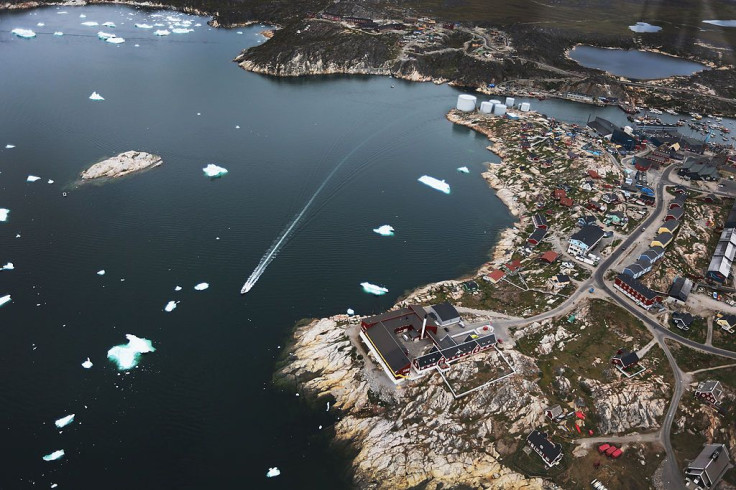CO2 Levels Today Are The Highest In 3 Million Years, Study Reveals

The atmospheric levels of carbon dioxide — the most prevalent greenhouse gas (GHG) — today are at the highest they’ve ever been over the past three million years.
This alarming revelation came out in a study by scientists at the Potsdam Institute for Climate Impact Research (PIK) in Germany, one of the top environmental think tanks worldwide. It was derived from new computer simulations confirming how the increase in GHGs due to the burning of fossil fuels is fundamentally changing our planet’s climate.
CO2 emissions from human activities are the leading cause of climate change.
The study shows the last time atmospheric CO2 levels were this high was during the Pliocene epoch, the geological period 2.6 to 5.3 million years ago. During this epoch, Greenland was mostly green forest, sea levels were 20 meters higher than today and trees were growing in Antarctica.
The study further revealed that global mean temperatures never exceeded the preindustrial levels by more than 2 degrees Celsius over the past 3 million years. It warns that current climate policy inaction by world governments, if continued, will cause mean temperatures to exceed the 2 degrees limit set by the Paris climate accord in the next 50 years.
The amount of CO2 in the atmosphere today is "unnatural,” confirms Matteo Willeit, the study’s lead author.
He said that according to the simulation, CO2 levels shouldn’t be higher than 280 parts per million (ppm) without human activity, but they are currently 410 ppm and rising. Global mean temperatures are also rising much faster than any time since the Pliocene.
Willeit said that in this time, temperatures never exceeded preindustrial levels by more than 2 degrees Celsius, but current models show that temperatures will rise by 4 degrees Celsius between 2000 and 2100 if steps are not taken to slash emissions.
He warns that rising CO2 levels are pushing the Earth beyond any climatic conditions ever experienced by humans. If CO2 levels and temperatures continue to rise, "our planet will change" and sea levels will rise by one or two meters in the next 200 years, he said.
The Potsdam study published in the journal Science Advances is based on breakthrough computer simulations of the Ice Age onset in Earth's past climate. For the first time, scientists have succeeded in using a computer simulation that fits ocean floor sediment data of climate evolution over this period of time.
"We know from the analysis of sediments on the bottom of our seas about past ocean temperatures and ice volumes, but so far the role of CO2 changes in shaping the glacial cycles has not been fully understood," Willeit said.
He described the research as a breakthrough since computer simulations proved that changes in CO2 levels were a main driver of the Ice Age, together with variations of how the Earth orbits around the Sun, the so-called Milankovitch cycles.
Willeit said these are actually not just simulations. The Potsdam team compared its results with the hard data from the deep sea, and they prove to be in good agreement.
"Our results imply a strong sensitivity of the Earth system to relatively small variations in atmospheric CO2. As fascinating as this is, it is also worrying."
Published by Medicaldaily.com



























